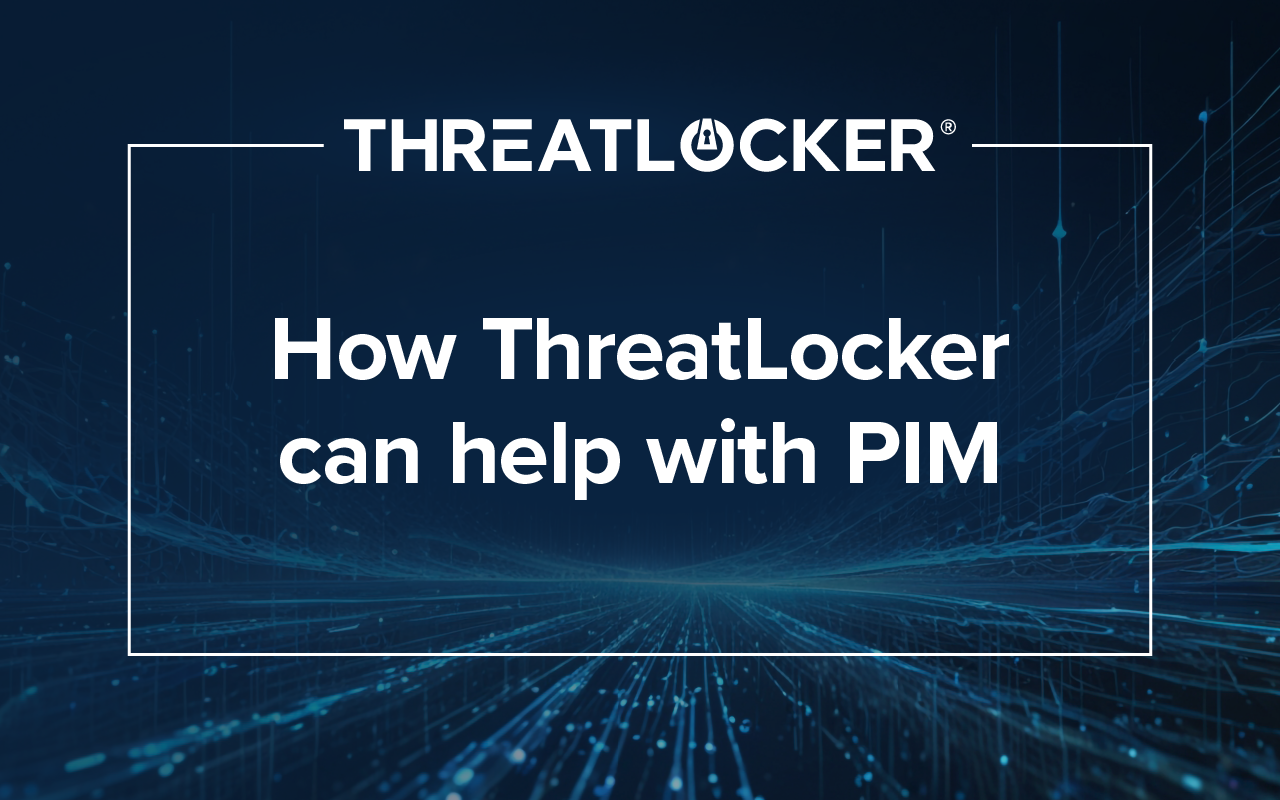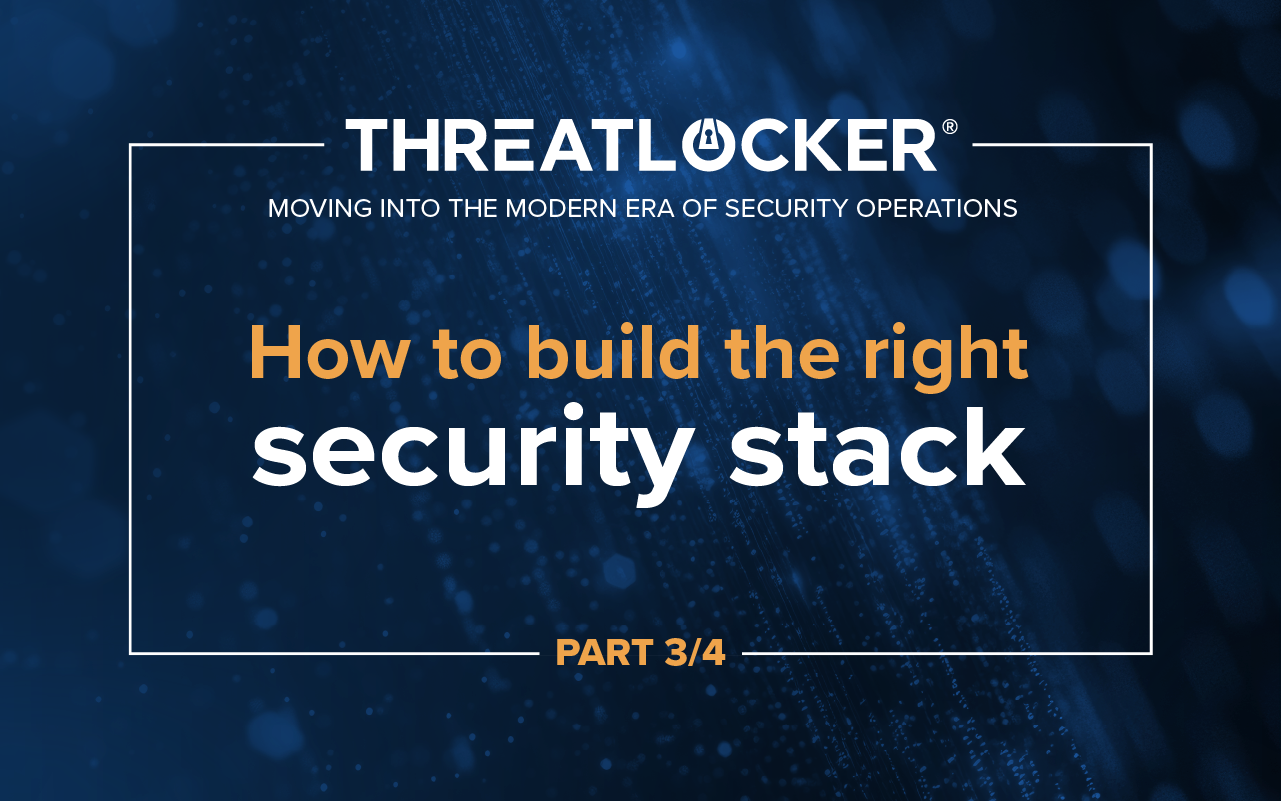Table of contents
What Is Zero Trust?
The necessity for Zero Trust has grown, proven by the continuous increase of small and large-scale businesses that have experienced viruses and malware attacks. Zero Trust is an approach to security that is an inherently skeptical concept that originated in 2010 by Forrester's John Kindervag's Zero Trust model. It prevents communications, actions, and access to everyone and everything unless they are specifically authorized.
In the digital revolution as computer networking became more common, hardware and software were developed to facilitate access and communication between devices worldwide. This openness between devices puts you and your organization at an increased risk of cyberattacks. Taking a Zero Trust approach requires changing that posture to "close off" said openings to everything and open communications and access to your device only when needed.
The Shift to Zero Trust
Before Kindervag formalized the Zero Trust model, the leading security tactic was the "castle-and-moat" strategy. In an article titled "What is Zero Trust and Why Should I Care," Forbes states that network security before 2010 looked like a hardened perimeter around an organization's network. Although this (fire)wall was tough to penetrate, it left an organization and its network, data, and assets entirely at the mercy of a threat actor if they could successfully compromise the barrier.
Increasingly, companies and organizations in the tech industry (and now expanding to non-tech organizations) are adopting the Zero Trust approach to cyber and network security. As covered by Security Week, President Biden released a federal Zero Trust strategy, requiring agencies to meet certain cybersecurity standards and objectives by the end of fiscal year 2024. This followed the executive order signed by Biden after the attack on the Colonial Pipeline to implement a Zero Trust strategy in efforts to improve the United States' cyber defense.
Today, most software still operates in a default-allow, full access environment and an abundance of vendors offer IT professionals tools to detect or control against threats. True Zero Trust, least-privilege access, which had seemed impractical to operate in the real world, is now becoming possible.
Zero Trust in One Minute
Rob Allen, Chief Product Officer of ThreatLocker, explains the concept of Zero Trust and how it fills security gaps in a layered cybersecurity strategy, in one minute.
How ThreatLocker® Operates Using Zero Trust
Zero Trust is a posture that addresses cyber threats differently than most other security techniques: "Never Trust, Always Verify." This way of approaching cybersecurity is how ThreatLocker operates at its core; it is what makes ThreatLocker a leader in endpoint security technologies.
ThreatLocker prioritizes Zero Trust tenets, proactively defending your organization with default deny solutions. Implementing a Zero Trust solution like ThreatLocker would mean:
- Creating an allowlist of software that can run in your environment and blocking all others not on that list.
- Implementing data storage controls over what data can be accessed or copied, and the applications, users, and computers that can access said data.
- Limiting what applications are allowed to do in your environment once they are allowed to run, including how they interact or communicate with each other, and their access to files, the registry, and the internet.
- Removing local admin privileges from your users, whilst allowing them to run individual applications as an administrator, without stopping productivity.
- Configuring network access to endpoints using global and granular policies.
Furthermore, ThreatLocker® confidently uses its solutions platform in all endpoints in and out of corporate offices to secure partner, prospect, and employee information.
Book a demo with a Cyber Hero® to see firsthand how the ThreatLocker Zero Trust Endpoint Protection Platform mitigates common cybersecurity threats like shadow IT, nation-state attacks, and zero-day exploits.






